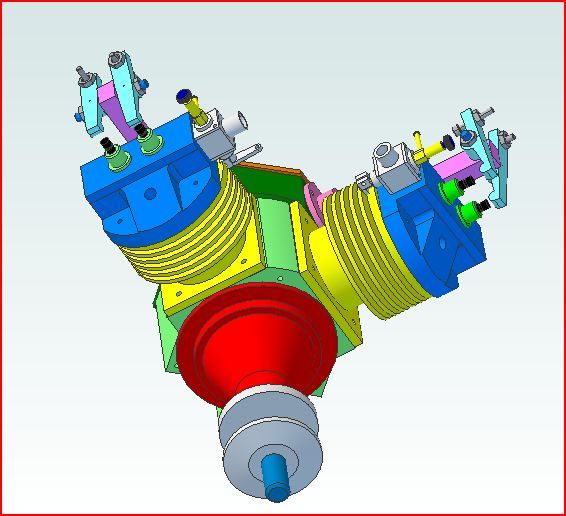David Parkers Vega Twin Fourstroke – Air intake /carburettor question
David Parkers Vega Twin Fourstroke – Air intake /carburettor question
- This topic has 11 replies, 7 voices, and was last updated 18 August 2017 at 20:50 by
Howard Lewis.
Viewing 12 posts - 1 through 12 (of 12 total)
Viewing 12 posts - 1 through 12 (of 12 total)
- Please log in to reply to this topic. Registering is free and easy using the links on the menu at the top of this page.
Latest Replies
Viewing 25 topics - 1 through 25 (of 25 total)
-
- Topic
- Voices
- Last Post
Viewing 25 topics - 1 through 25 (of 25 total)
Latest Issue
Newsletter Sign-up
Latest Replies






